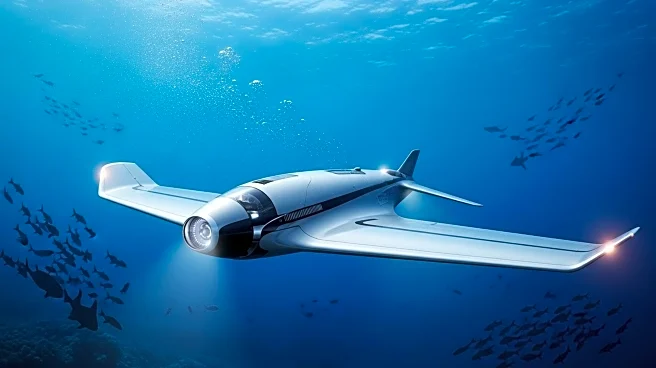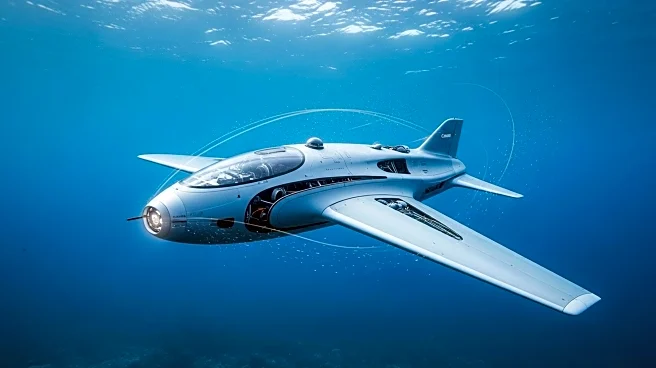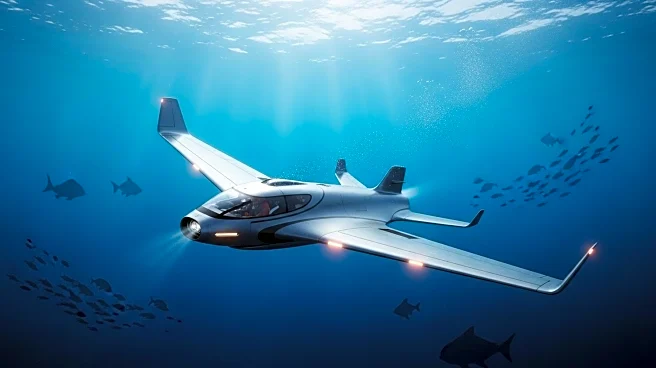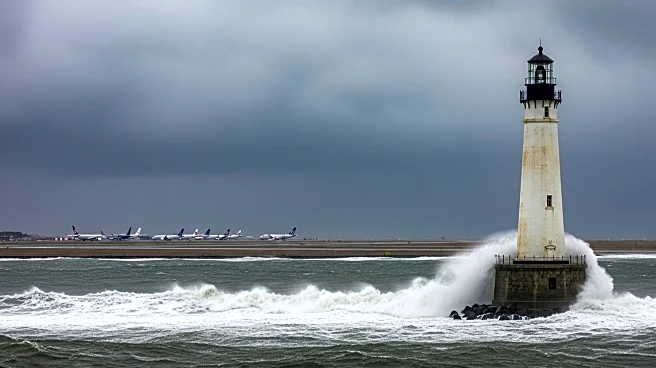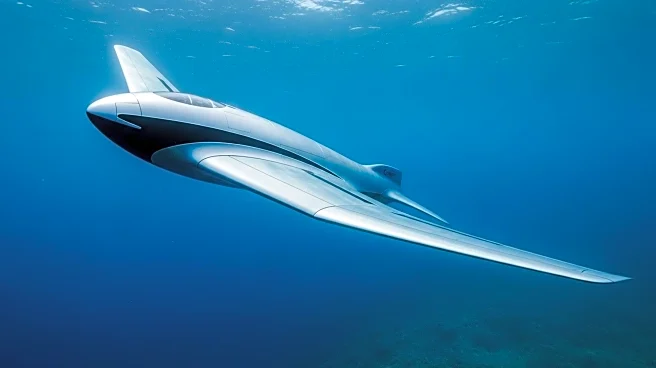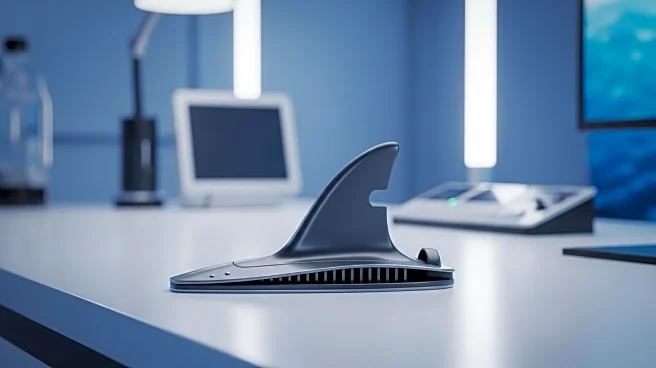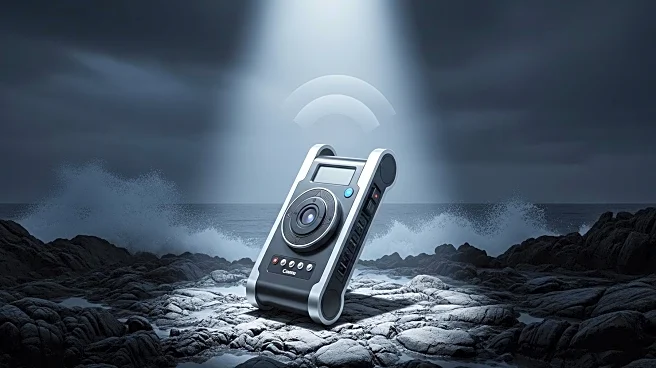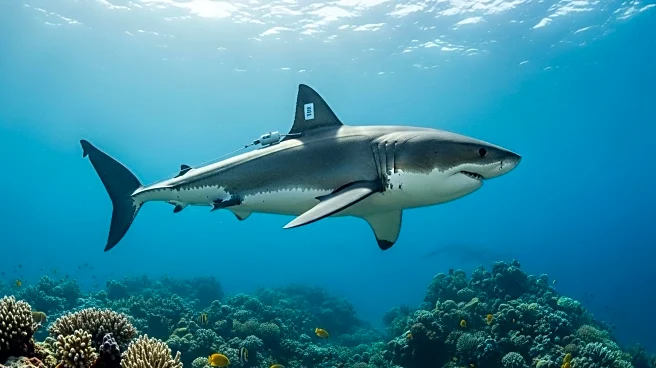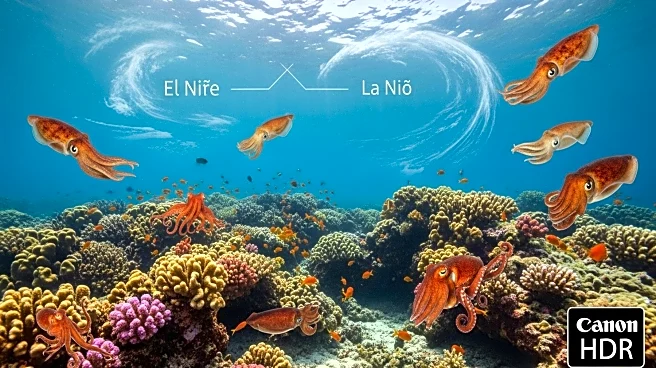What is the story about?
What's Happening?
Teledyne Marine, in collaboration with Rutgers University, has launched an autonomous underwater glider named 'Redwing' on a groundbreaking mission to circumnavigate the globe. The mission, known as the Sentinel Mission, commenced on October 10, 2025, from the Woods Hole Oceanographic Institution in Massachusetts. The 'Redwing' glider is designed for endurance and ultra-long missions, aiming to cover an estimated 73,000 kilometers over several legs. It will gather critical data on ocean currents, sea temperature, and their impact on weather systems, which will be transmitted via satellite to the National Oceanic and Atmospheric Administration's global monitoring system. This data is expected to refine weather models, improve hurricane intensity forecasting, and inform ocean policy and conservation efforts.
Why It's Important?
The launch of the 'Redwing' glider represents a significant advancement in unmanned ocean exploration, with the potential to transform how scientists understand and predict weather patterns and climate change. By continuously sampling the oceans, the glider will provide early warnings of extreme weather and track the impact of shifting ocean currents, which are crucial for refining long-term weather projections. The mission also demonstrates the capabilities of next-generation autonomous underwater vehicles (AUVs) in carrying complex sensors for extended periods, paving the way for future global fleets of such gliders. This initiative could lead to improved ocean models and a deeper understanding of climate change impacts, benefiting meteorologists, oceanographers, and policymakers worldwide.
What's Next?
As the 'Redwing' glider progresses through its journey, it will make several stops, including Gran Canaria, Cape Town, Perth, Wellington, and the Falkland Islands, before potentially returning to Cape Cod. The data collected will be shared internationally, providing real-time insights to scientists and educators. Teledyne Marine engineers, along with Rutgers University students, will continue to monitor and support the mission, ensuring the glider's successful navigation and data transmission. The mission's progress will be updated on the Teledyne Marine website, allowing the public and scientific community to track its achievements and contributions to ocean science.
Beyond the Headlines
The Sentinel Mission not only advances scientific understanding but also serves as an educational platform, involving over 50 Rutgers University students in programming the glider's navigation software. This collaboration highlights the importance of integrating education with cutting-edge research, inspiring future generations of ocean scientists. Additionally, the mission realizes a vision from a 1989 science-fiction piece, showcasing the potential of autonomous gliders in global ocean exploration. The ethical and environmental implications of such technology could lead to more sustainable ocean monitoring practices, influencing global conservation strategies.
AI Generated Content
Do you find this article useful?
